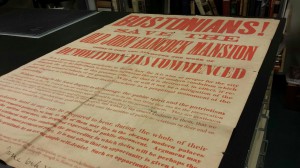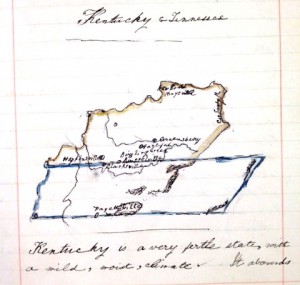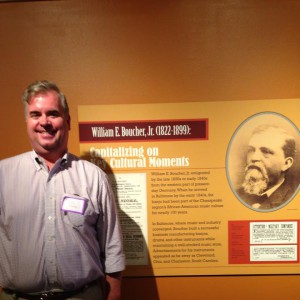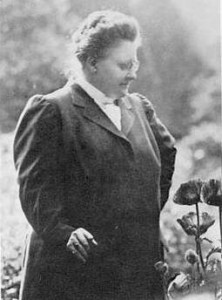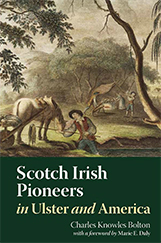
I am currently helping to research the ancestry of Dame Angela Lansbury for an event NEHGS will hold in November, and part of my work is focused on the theatrical tradition in the family of Miss Lansbury’s mother, Moyna Macgill (1895–1975). Miss Macgill’s career spanned the almost fifty years between 1918 and 1965, but it’s worth noting that at least one of her great-uncles and several of her father’s first cousins preceded her on the London and New York stage, while two of Miss Macgill’s brothers, all four of her children, and assorted descendants and in-laws (including Sir Peter Ustinov and Ally Sheedy) continued in the field.
As I’ve mentioned in some of my blog posts, one of my research interests is old photographs, whether of my own family or as part of an aesthetic appreciation of the form. Continue reading Cinema royalty
